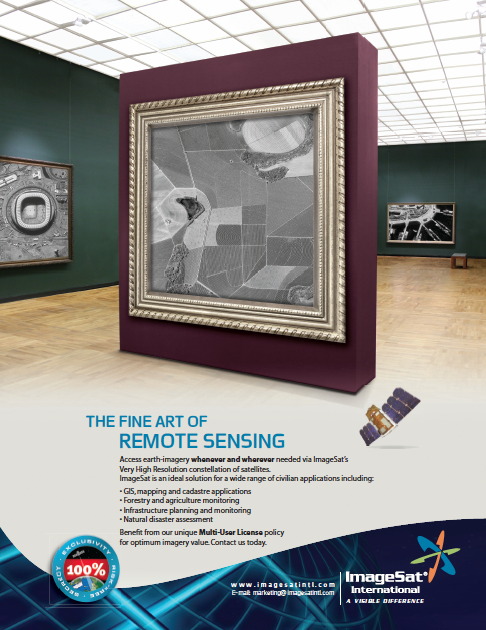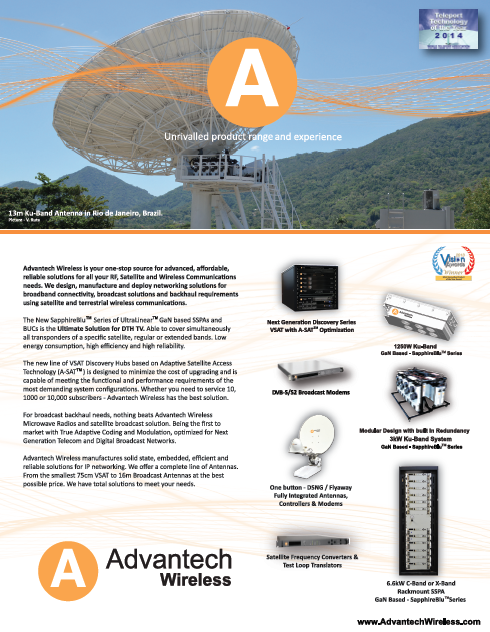The Earth’s climate is undoubtedly changing, but the rate of change and the implications are unclear. The reason is that measuring climate parameters is a tough job.
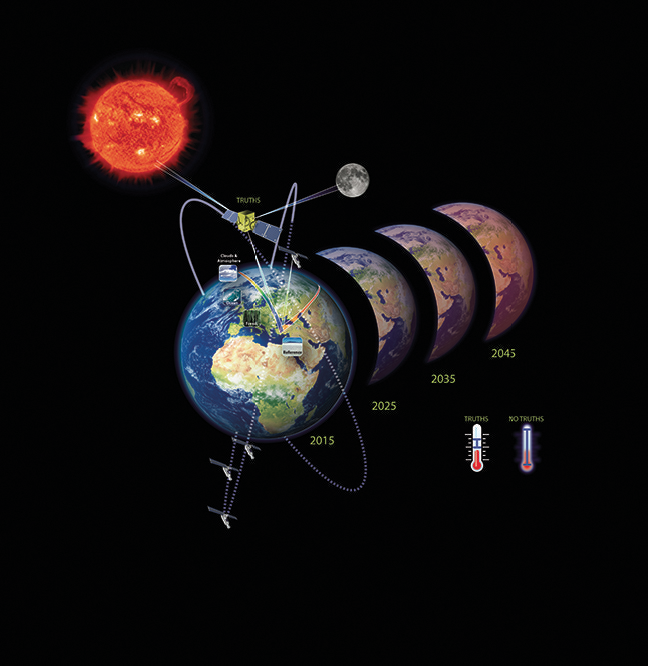
Measurements taken by satellites must contend with huge numbers of variables while their precise instruments get knocked about in space. The resulting margin of uncertainty means predictions can vary wildly about how quickly temperatures will rise. This has serious implications for long term political and economic planning. A long proposed project that could meet this challenge is now
gaining momentum.
The Challenge Of Earth Observation
Climate forecast models rely on data acquired through a range of complex measurements. Most of the important measurements—such as ice cover, cloud cover, sea levels and temperature, chlorophyll (oceans and land) and the radiation balance (incoming to outgoing energy)—must be taken by satellites. To constrain and test the models, they must be made over long timescales.
Our reliance on satellite measurements presents two major problems.
First, we have to detect small changes in the levels of radiation or reflection from a background fluctuating as a result of natural variability. This requires measurements to be made on decadal timescales—beyond the life of any one satellite mission. Such, therefore, demands
high accuracy as well as high confidence that measurements will be made in a consistent manner.
Secondly, although the space industry adheres to high levels of quality assurance during manufacture, satellites (particularly optical ones) usually lose their calibration during the launch, and this drifts further over time. Similar ground based instruments would be regularly calibrated, traceable to a primary standard to ensure confidence in the measurements. This is much harder to accomplish in space.
The result is varying model forecasts. Estimates of global temperature increases by 2100, range from ~2–10 degrees Celcius. Which of these is correct is important for making major decisions about mitigating and adapting to climate change.
Nowhere are we measuring with uncertainties anywhere close to what we need in order to understand climate change and allow us to constrain and test the models. Our current best measurement capabilities would require more than 30 years before we have any possibility of identifying which model is most likely to be correct in its forecast of potentially devastating impacts. That may be too late.
More Accurate Measurement
The proposed solution is a mission that will launch a satellite into orbit with the ability to make very high accuracy measurements (a factor ten improvement) and also to calibrate and upgrade the performance of other Earth Observation (EO) satellites in space.
The National Physical Laboratory has long been working on such a mission, called TRUTHS (Traceable Radiometry Underpinning Terrestrial- and Helio- Studies). A team in the US, led by NASA, have also proposed a similar complementary mission called CLARREO (The Climate Absolute Radiance and Refractivity Observatory).
The novelty of TRUTHS lies in its on-board calibration system. The instruments on the TRUTHS satellite will be calibrated directly against an on-board primary standard—an instrument called a CSAR (Cryogenic Solar Absolute Radiometer). This compares the heating effect of optical radiation with that of electrical power—transferring all the difficulties associated with existing space based optical measurements (drift, contamination, and so on) to more stable electrical SI units. In effect, this mimics the traceability chain carried out on the ground.
Such will provide its own comprehensive and climate critical data sets as well as facilitate an upgrade in performance of much of the world’s EO systems as a whole, both satellite and ground data sets. By performing reference calibrations of other in-flight sensors through near simultaneous observations of the same target, it can transfer its calibration accuracy to them.
The unprecedented accuracy allows benchmark measurements to be made of key climate indicators such as the amount of cloud, albedo (Earth’s reflectance) or solar radiation at a level that allows trends to be detected in a third of the time required compared with current instruments.
Accurately identifying trends—for example, a 0.2 percent increase in high cloud cover per decade—requires approximately 30 years using current measurements, which limits our climate models. TRUTHS would reduce this timeframe to 12 years. This means that 12 years from launch, we would have a very clear picture of the impact of climate change. Background noise from natural variability makes measurements less than 12 years unreliable, even with greater accuracy. TRUTHS represents the best climate monitoring we can ever achieve.
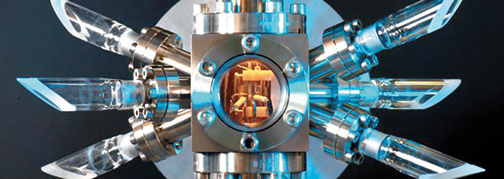
The Commercial Opportunity
TRUTHS measurements will aid our understanding of climate change as well as facilitate the establishment and growth of commercial climate and environmental services. TRUTHS data will also enable improvements in our knowledge of climate and environmental processes, such as aerosols, land cover change, pollution and the sequestration of carbon in forests.
This will find wide applications in forest, land and water monitoring projects, with significantly higher performance than any other planned mission. One of the barriers to this market’s growth is customer confidence in the results and long-term reliability of service, an issue TRUTHS will resolve.
Furthermore, an economic study has also highlighted that the improvements from such a mission could result in an economic saving to the world economy of $5 to $30 trillion, by switching to informed mitigation and adaptation strategies.
The History + Future
The TRUTHS proposal (and its U.S. sister CLARREO) has been around for some time and has received international interest from governments and space agencies. However, perhaps in part due to the mission’s uniqueness, TRUTHS has struggled to secure funding. Recognizing the project’s importance, the Centre for Earth Observation Instrumentation (CEOI) stepped in 2012 to fund a study to produce a lower cost version, while maintaining the key objectives as far as possible.
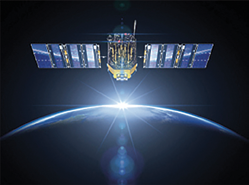
Thanks to a new approach and technological advances, the complexity of mission was reduced, all the while still providing the needed data accuracy. Happy with the new approach, CEOI has now provided additional funding to develop a detailed design of the instrument and assign costs.
The scope of this funding also includes a remit to look for partners from around world who can bring different elements to a bilateral mission, sharing the costs and benefits.
TRUTHS represents a huge opportunity, particularly for the UK where the project was born. This is a chance to showcase UK expertise in science, technology and engineering and would support UK ambitions to be a global leader in climate services.
The priority remains getting TRUTHS into orbit. Who finances, and benefits, from the mission is of secondary importance to realizing the purpose of providing the accurate climate models so desperately needed. There is active interest from other parties, particularly from the Chinese Government, who are looking at building a system using the TRUTHS concept as a blueprint.
As reports, such as those by the IPCC, make the potential consequences of climate change clear, politicians are taking the need to accurately understand climate change more seriously. TRUTHS now feels like it is gathering serious momentum.
With the correct support, the mission could be in orbit within three to five years, and we can finally move from what the impacts of climate change might be, to what the impacts will be.
For additional information regarding the NPL, please visit http://www.npl.co.uk/
About the author
Nigel Fox is the head of Earth Observation and Climate at NPL, and an NPL Fellow. He joined NPL from the University College London in 1981 with a BSc in Astronomy and Physics. Since that time, he been responsible for the establishment and dissemination of primary optical radiation measurement scales and, in particular, pioneered the development of techniques such as laser and cryogenic radiometry. These techniques led to an improvement of nearly two orders of magnitude in the accuracy of many radiometric measurements and have been widely adopted by the international metrology community, resulting in the award of a PhD.

More recently, Nigel has expanded his interests to include Earth Observation and associated climate change parameters, with a particular emphasis on satellite observations. This has led to further innovation in both pre-flight and post-launch calibration and validation techniques and has culminated in the design and leadership of a proposed satellite mission called TRUTHS. The novel mission concept provides fully SI traceable measurements from orbit at uncertainties a factor ten lower than any other, sufficient to make benchmark measurements suitable for the detection of decadal climate change.
Nigel has published more than 120 papers, chairs the Infrared Visible and Optical Sensors (IVOS) sub-group of the international Committee on Earth Observation Satellites (CEOS) and represents the international metrology community on relevant WMO committees.


